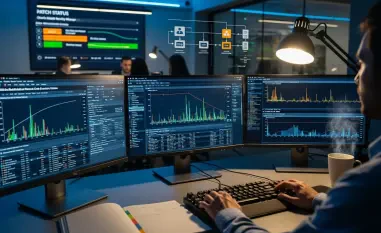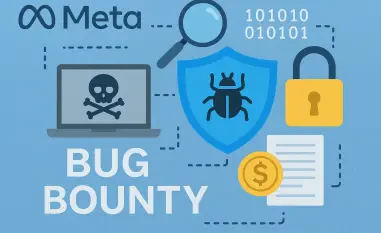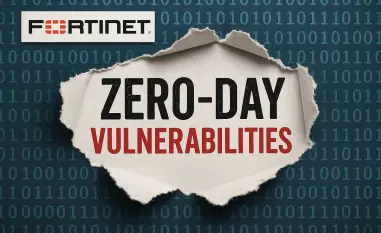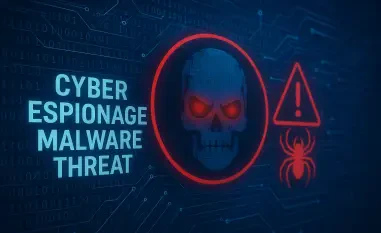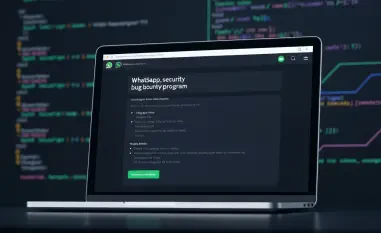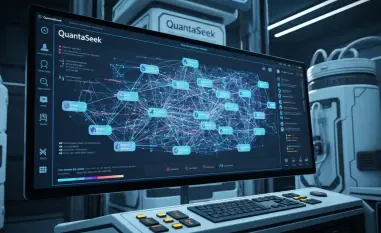Introduction
In today’s digital landscape, where billions of emails are exchanged daily, a staggering number fall prey to sophisticated phishing campaigns designed to deliver malware with pinpoint accuracy. Imagine receiving an email that appears to be a travel itinerary, complete with personal details, only to discover it harbors a malicious payload ready to steal sensitive data. This scenario underscores the critical importance of understanding how cybercriminals are evolving their tactics to exploit trust and familiarity, making phishing a persistent and escalating threat to individuals and organizations alike.
The objective of this FAQ article is to address pressing questions surrounding these advanced phishing strategies, offering clear insights into their mechanisms and impacts. By exploring key concepts and emerging trends, the content aims to equip readers with the knowledge to recognize and mitigate such risks. Expect to delve into specific themes, malware types, and the broader implications of these stealthy attacks on cybersecurity.
This discussion will cover the latest patterns observed in phishing campaigns, focusing on customization tactics and their connection to devastating outcomes like ransomware. Readers will gain a comprehensive view of how these threats operate and why staying informed is essential in combating them.
Key Questions or Key Topics
How Have Phishing Tactics Evolved in Recent Years?
Phishing has transformed dramatically, moving away from broad, generic emails to highly tailored attacks that leverage personal information for greater impact. This shift is driven by the need to bypass modern security filters and exploit human psychology more effectively. Cybercriminals now craft messages that mimic legitimate communications, using details that resonate with specific recipients to create a false sense of authenticity.
The customization of email subjects, attachment names, and embedded links has become a hallmark of these modern campaigns. Such personalization significantly increases the likelihood of a recipient engaging with malicious content, often leading to malware infections. For instance, attackers may use a familiar context like a travel booking to disguise their intent, making the deception harder to detect.
Recent threat intelligence spanning from 2025 onward highlights a sharp rise in these targeted approaches, with attackers continuously adapting to user behavior and security advancements. This evolution poses a challenge for traditional defenses, necessitating a deeper understanding of the tactics at play to protect sensitive systems and data.
What Are the Dominant Themes in Customized Phishing Campaigns?
Several recurring themes dominate the landscape of personalized phishing emails, each exploiting specific contexts to maximize effectiveness. Travel assistance stands out as the most prevalent, accounting for over a third of malware delivery emails that incorporate personally identifiable information in their subjects. These messages often appear as confirmations or updates, preying on the expectation of tailored communication in travel-related correspondence.
Response-themed emails, comprising a significant portion of attacks, often masquerade as replies to prior conversations about equipment orders or meeting cancellations. This approach creates an illusion of continuity, prompting recipients to interact without suspicion. Finance-themed attacks also play a major role, leveraging the inherent inclusion of personal details in financial communications to deceive users into opening malicious attachments or links.
Smaller yet impactful themes, such as tax-related or notification emails, capitalize on seasonal or routine business interactions for social engineering. These diverse themes illustrate how attackers adapt their strategies to align with everyday scenarios, making it crucial for users to scrutinize even seemingly mundane correspondence for signs of deceit.
Which Malware Types Are Commonly Deployed Through These Phishing Attacks?
The malware delivered via customized phishing campaigns varies depending on the theme and tactic employed, with each type designed for specific malicious purposes. Vidar Stealer frequently appears in travel-themed emails, targeting sensitive data like login credentials and banking information by harvesting browser cookies and other personal details. Its stealthy nature makes it a favored tool for data theft.
In response-themed attacks, PikaBot often emerges as the payload of choice, known for its sophisticated evasion techniques that challenge detection systems. Meanwhile, finance-themed emails predominantly feature jRAT and Remcos RAT, especially when customized file names or password-protected archives on file-sharing platforms are used. These Remote Access Trojans enable keylogging, file exfiltration, and the deployment of additional threats, compounding the damage.
The correlation between specific malware families and attack styles reveals a strategic approach by cybercriminals to optimize their impact. Understanding these pairings helps in anticipating the potential consequences of a successful phishing attempt and underscores the need for robust endpoint protection to counter such diverse threats.
How Do These Phishing Tactics Lead to Broader Threats Like Ransomware?
One of the most alarming outcomes of successful phishing attacks is their role as a gateway to ransomware, a devastating form of cyberattack that locks systems or data until a ransom is paid. Remote Access Trojans and information stealers deployed through phishing often provide attackers with credentials and system access, which are then sold or exploited by ransomware operators. This chain of compromise amplifies the initial breach into a far greater threat.
Industry data from 2025 indicates that a majority of ransomware incidents trace their origins to remote access compromises or phishing exploits. Despite ongoing law enforcement efforts to disrupt ransomware groups, the persistence of these initial entry points remains a significant concern. The seamless transition from data theft to system-wide encryption highlights the cascading effects of seemingly isolated phishing emails.
This escalating risk emphasizes the importance of addressing phishing not just as a standalone issue but as a precursor to more severe attacks. Organizations must prioritize early detection and response mechanisms to interrupt this progression before it reaches catastrophic levels, safeguarding both data and operational continuity.
Why Is Personalization So Effective in Phishing Campaigns?
Personalization in phishing campaigns significantly boosts their success rate by exploiting recipients’ trust and expectations in familiar contexts. When an email appears to reference specific details, such as a recent trip or a financial transaction, it lowers the recipient’s guard, making them more likely to engage with the content. This psychological manipulation is a cornerstone of modern phishing strategies.
Attackers invest considerable effort in tailoring their messages to align with the recipient’s role, industry, or personal circumstances, often using publicly available information or data from prior breaches. This targeted approach contrasts sharply with older, scattershot phishing attempts, as it creates a sense of urgency or relevance that compels immediate action. The result is a higher infection rate and greater potential for organizational compromise.
The effectiveness of these tactics serves as a stark reminder of the need for user education on recognizing subtle red flags in personalized communications. Combining awareness with technical safeguards can disrupt the cycle of trust exploitation that cybercriminals rely upon for their schemes.
Summary or Recap
This FAQ article distills the complex evolution of phishing tactics into key insights that highlight their growing sophistication and impact. The dominant themes of travel assistance, response, and finance in customized campaigns reveal how attackers exploit everyday contexts to deliver malware like Vidar Stealer, PikaBot, jRAT, and Remcos RAT. Each theme and associated malware type demonstrates a calculated effort to maximize deception and damage.
The discussion also underscores the dangerous link between initial phishing compromises and broader threats like ransomware, a connection that continues to challenge cybersecurity defenses. Personalization emerges as a critical factor in the success of these attacks, leveraging trust to bypass both human and technical barriers. These takeaways emphasize the urgency of addressing phishing as a multifaceted threat.
For those seeking deeper exploration, resources on cybersecurity best practices and threat intelligence updates offer valuable guidance. Staying informed about emerging tactics and malware variants remains essential in navigating this ever-shifting landscape of digital risks.
Conclusion or Final Thoughts
Reflecting on the insights shared, it becomes evident that the precision of tailored phishing campaigns poses a formidable challenge to traditional security measures. The seamless integration of personal details into malicious emails has heightened the risk of malware infections, often paving the way for catastrophic ransomware attacks. This growing sophistication demands a proactive stance from both individuals and organizations to counter these threats effectively.
Looking ahead, adopting a multi-layered defense strategy emerges as a vital step, combining user training with advanced email filtering and endpoint security solutions. Regular updates to threat detection systems also prove essential in keeping pace with evolving tactics. By fostering a culture of vigilance and investing in robust protections, the impact of these stealthy attacks can be significantly mitigated.
Ultimately, the responsibility rests with every user to question the authenticity of personalized communications and act with caution. Taking these actionable steps ensures a stronger defense against the cunning ploys of cybercriminals, safeguarding critical data and systems from compromise in an increasingly hostile digital environment.

